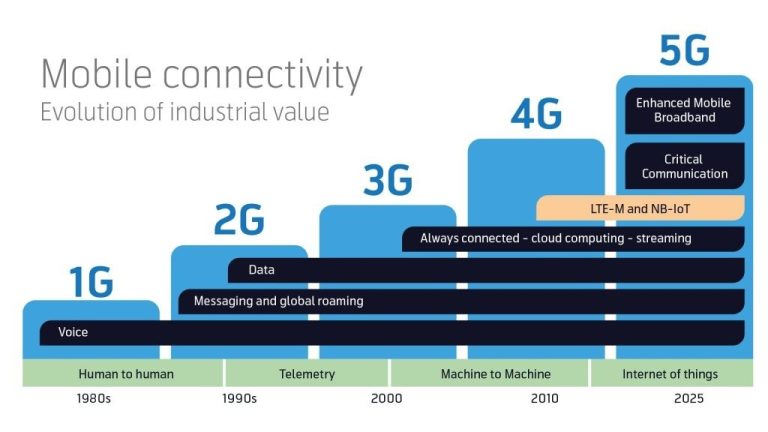Understanding RLC in 5G: Functions and Role of Radio Link Control Layer
telcomatraining.com – The evolution of mobile communication to the fifth generation (5G) brings unprecedented speed, lower latency, and support for massive connectivity. To achieve this, the 5G network architecture relies on a layered protocol stack where each layer plays a critical role. One essential layer in this stack is the Radio Link Control (RLC) layer. Understanding the functions and role of RLC in 5G is crucial for network engineers, developers, and enthusiasts aiming to grasp how reliable and efficient data transmission is maintained in modern networks.
What is RLC in 5G?
The Radio Link Control (RLC) layer is a sublayer of the data link layer in the 5G protocol stack, situated between the Medium Access Control (MAC) layer and the Packet Data Convergence Protocol (PDCP) layer. It is responsible for ensuring the reliability and proper sequencing of data packets transmitted over the radio interface. The RLC plays a pivotal role in controlling data flow, error correction, and reordering, making it fundamental to the performance of 5G.
Core Functions of the RLC Layer
The RLC layer performs several key functions, each critical to maintaining efficient and reliable communication between the user equipment (UE) and the 5G base station (gNB):
1. Segmentation and Reassembly
RLC divides large data packets into smaller segments that can be efficiently handled by the lower layers, particularly the MAC layer. At the receiving end, RLC reassembles the segments into their original form, ensuring data integrity.
2. Error Correction through ARQ
Automatic Repeat Request (ARQ) is used by the RLC layer to detect and correct transmission errors. When a packet is found missing or corrupted, the RLC requests its retransmission, thereby improving reliability, especially in unreliable radio environments.
3. In-Sequence Delivery
RLC ensures that data packets are delivered to the upper layers in the correct order. This is particularly important for applications that rely on the sequence of data, such as video streaming or real-time communication.
4. Duplicate Detection and Discard
The RLC layer is also responsible for identifying and discarding duplicate packets, which may occur due to retransmissions in an error-prone environment.
5. Data Concatenation
RLC can also combine multiple smaller packets into a single larger packet to reduce overhead and optimize throughput, particularly in scenarios where the packet sizes are small.
Modes of Operation in RLC
The RLC layer operates in three distinct modes to accommodate various Quality of Service (QoS) requirements:
- Transparent Mode (TM): No header is added, and data is transmitted as-is. This mode is typically used for broadcast and multicast traffic.
- Unacknowledged Mode (UM): Offers in-sequence delivery without retransmission, ideal for applications that tolerate some data loss but require low latency.
- Acknowledged Mode (AM): Supports retransmissions and guarantees in-order delivery, making it suitable for high-reliability applications like voice or video calls.
RLC’s Role in 5G Use Cases
5G networks are designed to support diverse use cases such as enhanced mobile broadband (eMBB), ultra-reliable low-latency communications (URLLC), and massive machine-type communications (mMTC). The RLC layer adapts its functions to meet these demands:
- For eMBB, RLC maximizes throughput through efficient segmentation and error handling.
- For URLLC, RLC minimizes delay by using unacknowledged mode or optimized retransmission strategies.
- For mMTC, RLC handles large numbers of devices efficiently by managing limited data with minimal overhead.
Conclusion
The Radio Link Control layer in 5G is indispensable for ensuring efficient, reliable, and ordered data transmission across the network. By performing vital functions like segmentation, error correction, and in-sequence delivery, RLC enables 5G networks to meet the demanding requirements of modern applications and services. A deep understanding of RLC in 5G is key to optimizing network performance and delivering a seamless user experience in the next generation of mobile connectivity.







